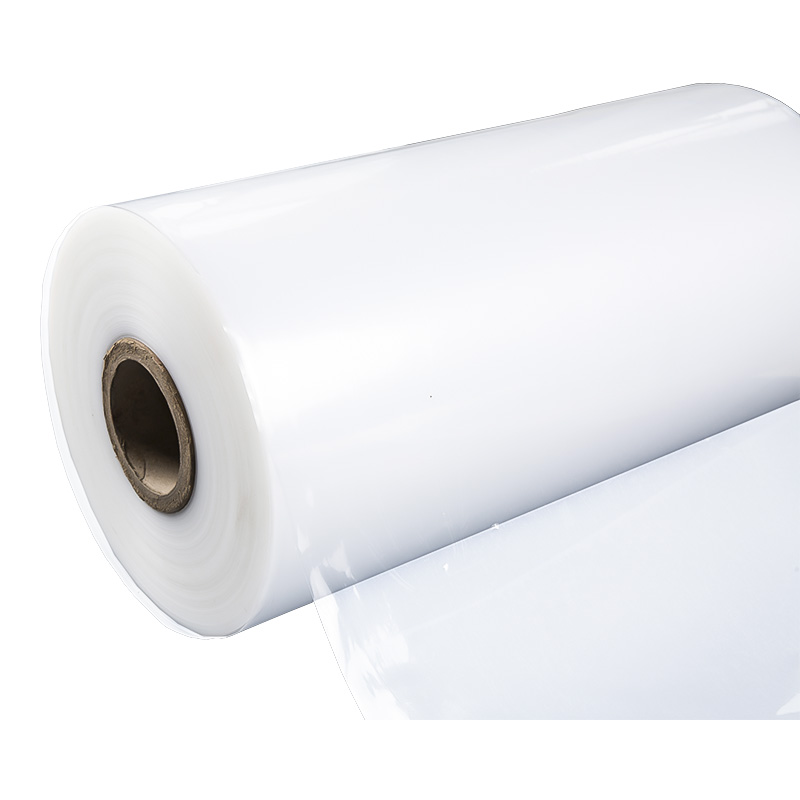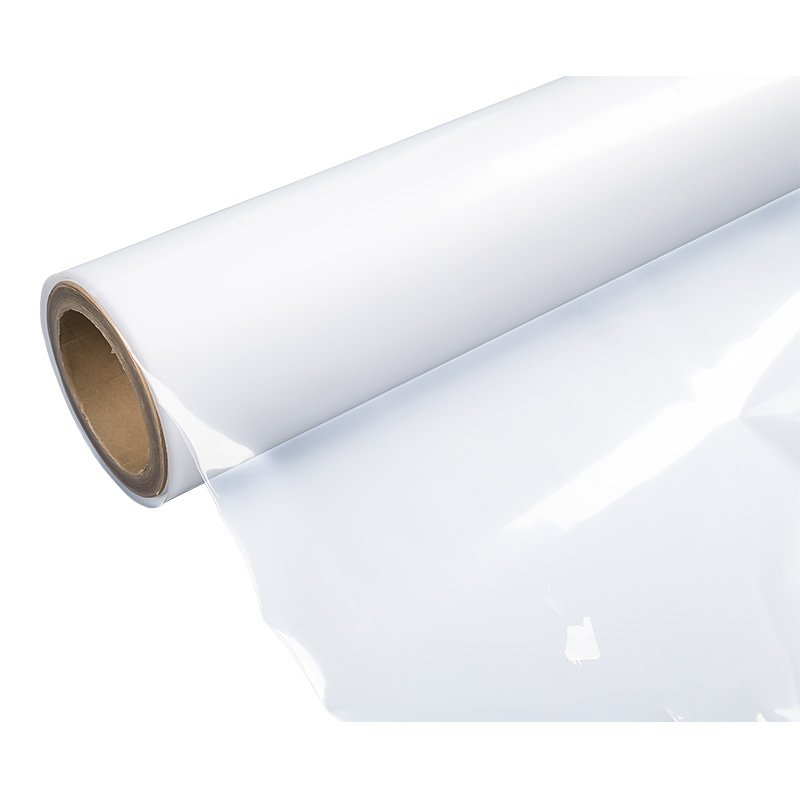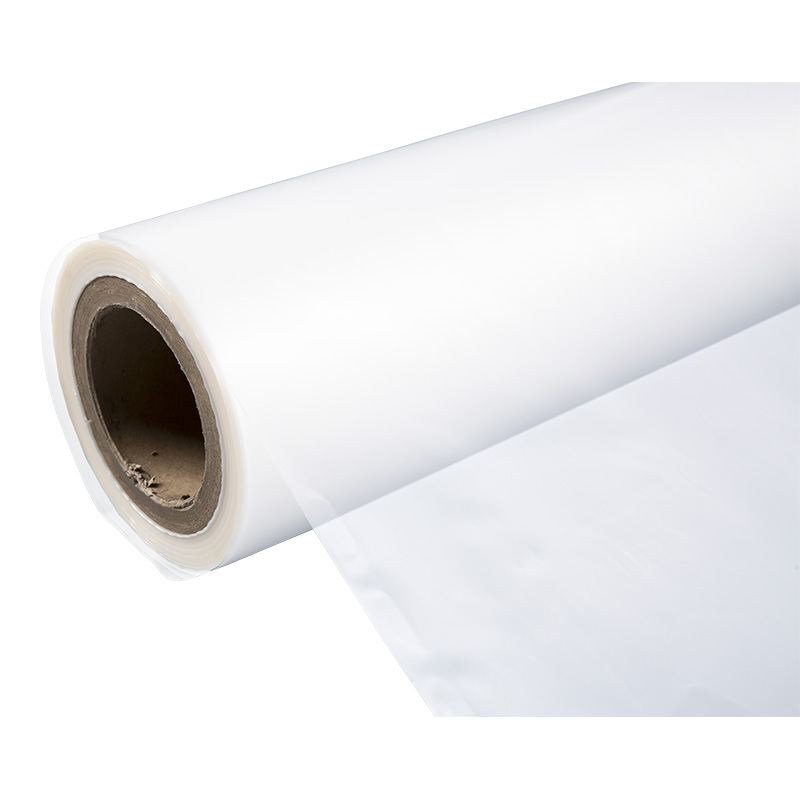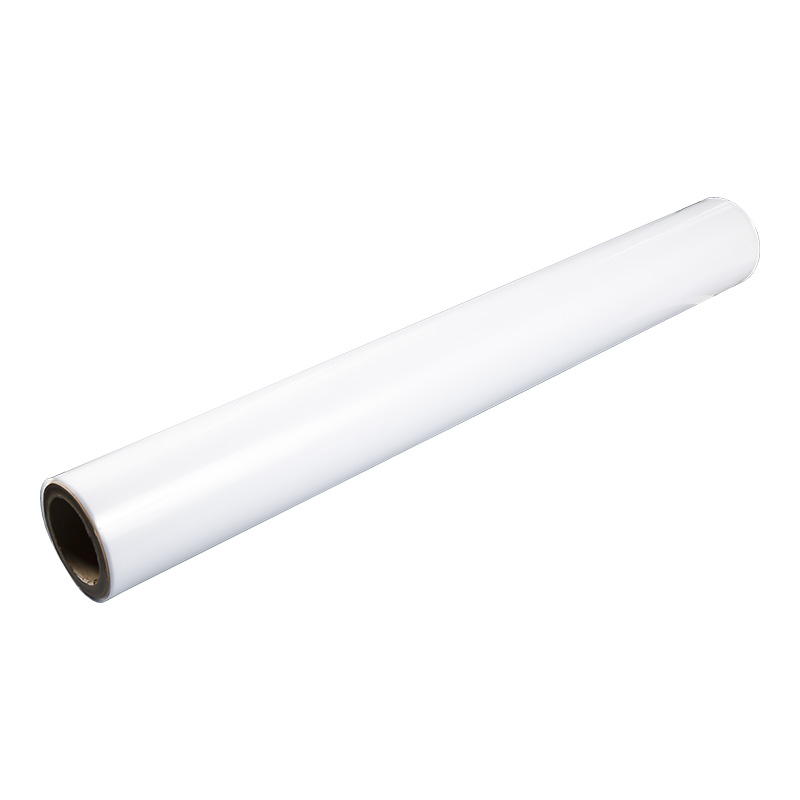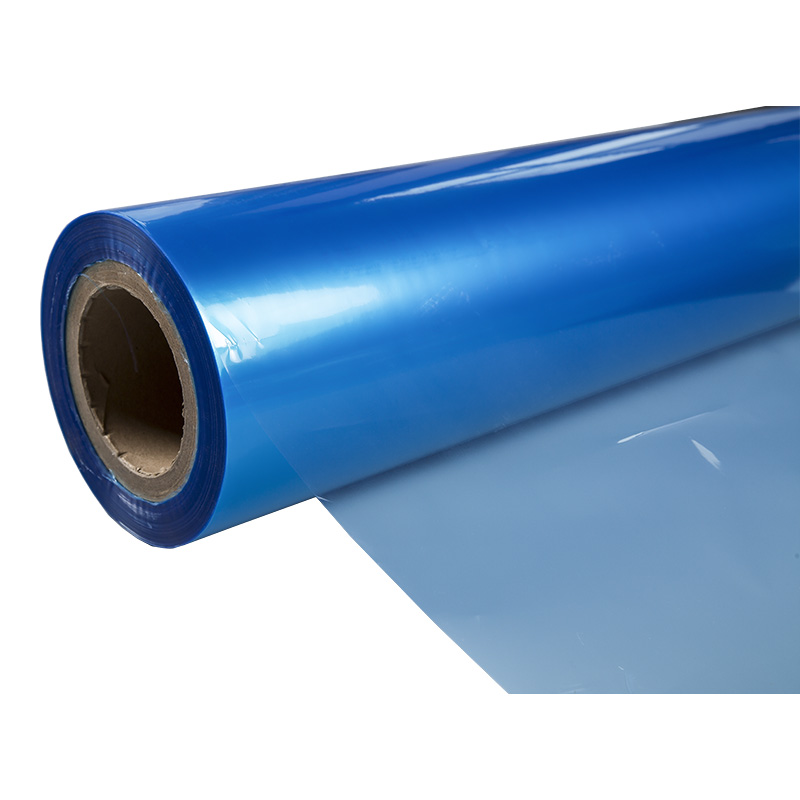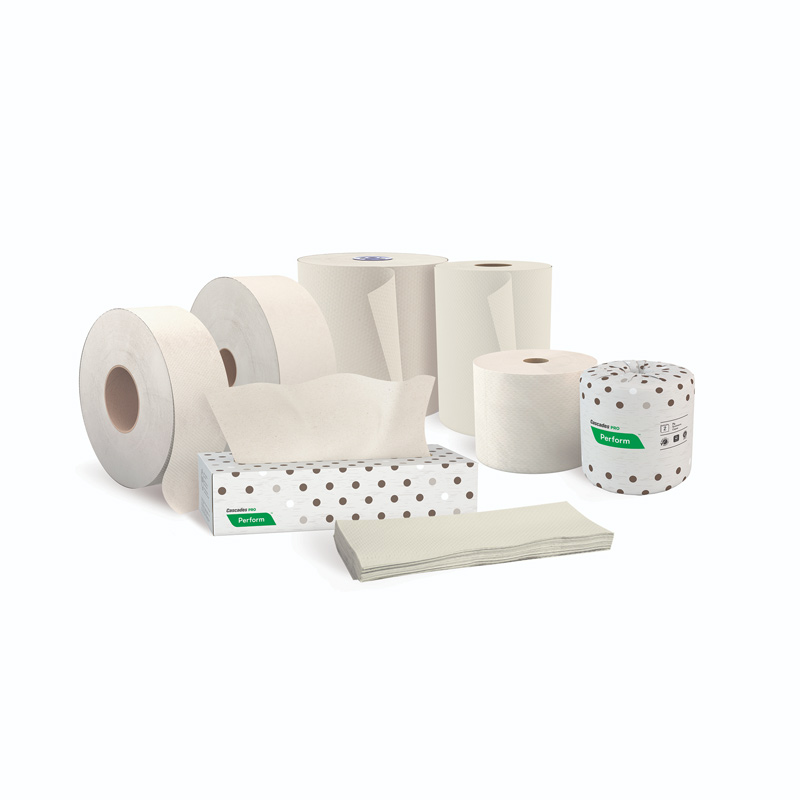1.PE Film for Composite Packaging: Redefining Transport Protection Standards
1.1 Strengthening Cargo Safety with Superior Tensile Performance
In global logistics, packages must withstand significant tensile forces during lifting, stacking, and shifting. Traditional packaging materials are often susceptible to tearing under these conditions. PE film, with its exceptional tensile strength, offers strong resistance to stretching and deformation, ensuring package integrity across long transportation routes and complex handling processes.
1.2 Preventing Packaging Failure During Extended Transit
Long-distance shipping often involves multiple loading and unloading events, posing risks of stretching and rupturing. PE film’s high ductility allows it to absorb and distribute external forces, minimizing the risk of package breakage or content leakage. This ensures that goods arrive in optimal condition even after days or weeks in transit.
1.3 Minimizing Supply Chain Disruptions Through Reliable Materials
Damage during transport not only results in product loss but also impacts logistics operations. The consistent strength of PE film reduces incidences of package failure, thus lowering the chance of shipment delays, claims, and re-distribution costs—ultimately enhancing supply chain efficiency.

2.Impact Resistance and Environmental Resilience: PE Film's Dual Advantage
2.1 Shock Absorption Capabilities for Real-World Transport Scenarios
Transportation environments are unpredictable, involving vibrations, accidental drops, and collisions. The molecular structure of PE film enables it to absorb kinetic energy from impacts, maintaining package shape and preventing contents from being damaged during rough handling or on uneven roads.
2.2 Structural Recovery and Consistency Under Pressure
Unlike brittle packaging alternatives, PE film demonstrates high elasticity and recovers quickly after being impacted. Its ability to maintain structural stability during repeated shocks ensures prolonged protection throughout long-haul distribution routes, including multi-modal transport involving ships, trucks, and rail.
2.3 Moisture and Cold Resistance for Diverse Climate Conditions
Beyond mechanical properties, PE film also offers moisture barrier and low-temperature resilience. In humid or rainy environments, it prevents water ingress that could damage or degrade packaging. In cold-chain logistics, it remains flexible without cracking—providing uninterrupted protection even in sub-zero temperatures.

3.Market Momentum and Economic Value of PE Film Packaging
3.1 Delivering High Performance at a Competitive Cost
PE film strikes a strong balance between performance and affordability. Its well-established production technology enables scalable manufacturing, which keeps costs low for enterprise clients. This cost-effectiveness makes it a smart replacement for less durable packaging materials, especially in high-volume supply chains.
3.2 Versatility Across Multiple Industrial Applications
The multifunctionality of PE film makes it suitable for packaging in industries including food, pharmaceuticals, cosmetics, and fast-moving consumer goods. Whether protecting perishables, fragile products, or high-value items, PE film adapts to diverse requirements without compromising durability.
3.3 Driving Green Packaging Trends with Practical Innovation
While performance is key, PE film also supports sustainable packaging goals due to its lighter weight and lower material waste during production. As more companies seek environmentally responsible solutions without sacrificing protection, PE film is poised to play a leading role in the evolving global packaging landscape.
 +86 139-6715-0258
+86 139-6715-0258 
 Monday to Friday 8 am. to 6 pm.
Monday to Friday 8 am. to 6 pm. 
 English
English 中文简体
中文简体
